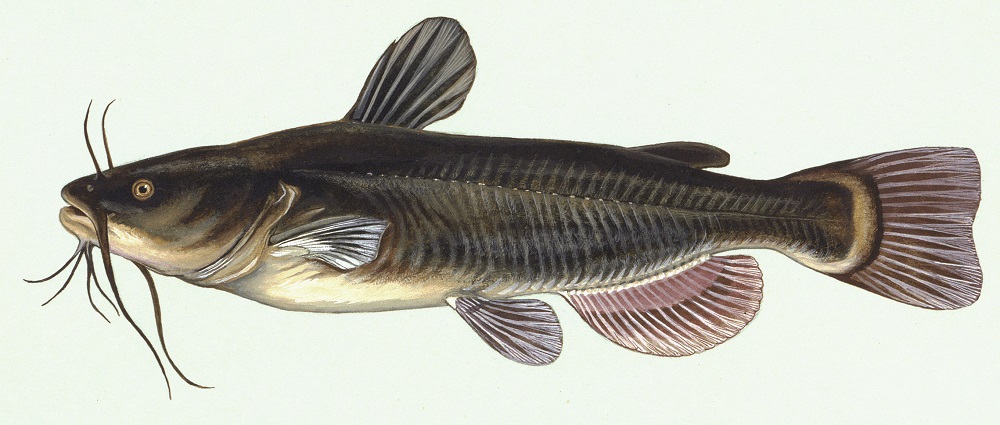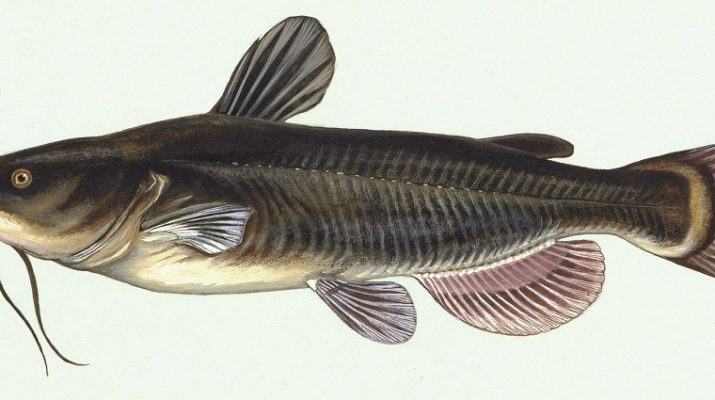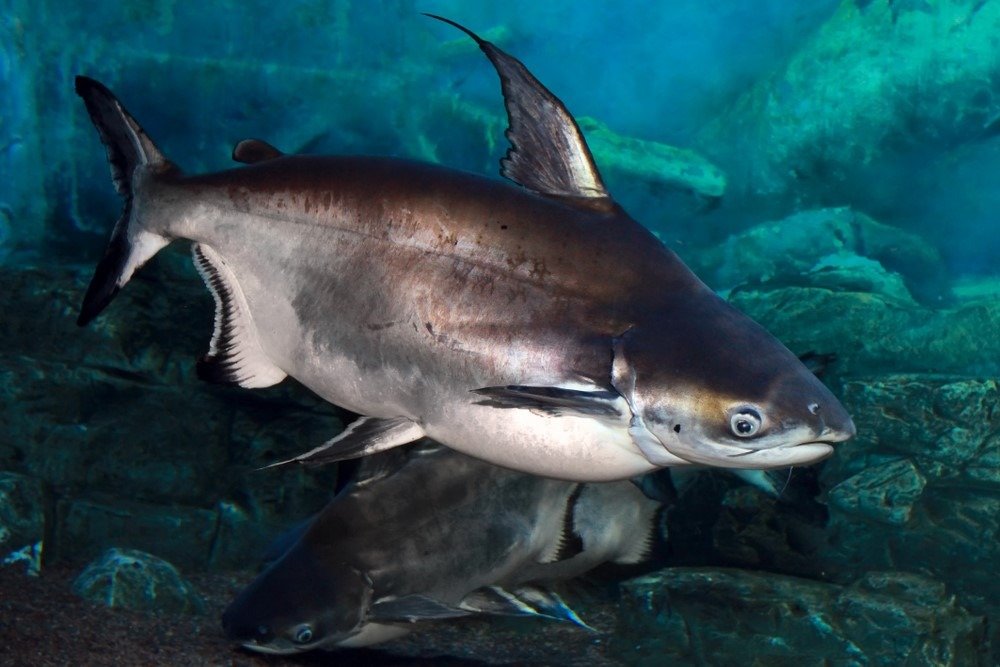Fish eaters often find themselves in the mishmash of identifying a catfish from a Swai fish or vice versa. Both look similar in appearance giving some kind of confusion for people who eat it. The minute differences between them are a little obscure to the eyes than their similarities but they do exist in considerable proportions. When people understand the disparities between them, they would clear themselves from the dilemma of which one to eat. Both types of fish add great nutritional value to the consumers making them a viable healthy meal for consumption.
To understand the differences, we will get to the facts of what is a catfish first and then go on to acquaint ourselves with Swai Fish, the variant.
Catfish:

They are grey-colored ray-finned fish varieties that habituate on freshwaters or backwaters of the coastal lands. They are usually very accommodative in nature and try to adapt their existence with other aquatic animals as well. These fishes have the tendency to adapt themselves to fast-flowing streams or stagnant ponds as they are found in both places at large. There are two species of catfishes that seem to be in prominence in the United States. The North American freshwater fishes and the channel catfishes populate the water bodies these days, while other species appear to have become endangered in recent times.
These fish farms producing catfishes are shielded from the corporation to evade contamination from harmful microorganisms, metals, and toxins from the atmosphere. These are the probable reasons for the slow extinction of other species of catfishes in today’s times.
These catfishes are also an exquisite choice for meals and come off as excellent ingredients. They are cooked differently according to the choice of people’s preference which entails baking, roasting, boiling, or frying it. It is a protein-rich food that has some good fatty acids that help the health metabolism better than any fish variety. Their prey consists of smaller fishes and worms which are abundant in freshwaters. Catfishes also come across as resilient creatures who withstand adverse and extreme weather conditions. They are powerful enough to tide over even in murky and choppy waters with lesser oxygen levels since they are powerful enough to fight tough conditions.
Swai Fish:
Swai fishes are found in the offbeat regions of south Asian corners like Thailand, Cambodia, Vietnam, etc. They have higher consumption in Asia and the surrounding parts of that region for their abundance in availability in these places. It is named eponymously Vietnamese catfish or iridescent sharks. Sometimes or most often, this variety of fishes is easily mistaken for catfishes for the similarity in their appearances. They are marketed and named as catfishes for the same reason. The United States Food and Drug Administration has come up with rules to fine the importers who market Swai fish as catfishes.
Swai fishes are vulnerable to contamination and decay with heavy metals and toxins of water. They are shielded in cages in freshwater where they are habituated exclusively. Hence the consumers have the burden of scrutinizing carefully before going on to purchase Swai fishes that are bereft of any adulteration. Only reputed and known sources are deemed as safe places for buying these fishes.
You May Like Also >> Everything You Need To Know About Cankles
The texture which seems to be one of the distinct features of Swai fishes is a little flaky when compared to catfishes. They are sweet in flavor when devoured by cooking, boiling, frying, or steaming them. Swai fishes also consume smaller fish and come off as a cheaper choice than catfishes. They are more affordable by the general masses which also gives them unalloyed fame across the world.
Their nutritional value is very good with the lower dispense of calories but contains a lesser proportion of proteins when compared to their counterparts. Now that these fishes have become a rarity in availability because of their slow extinction, they have become a difficult catch recently. They are only found as shrunk creatures in local water bodies as they stay afloat to increase the population and survive.
These fish varieties are not that adversary-friendly and succumb to difficult climate conditions. For this reason, they cannot be uprooted from their natural Asian habitat for the friendly environment that preserves their species to a larger extent. Even slighter pollution or environmental changes can affect these fishes in a negative way to risk their survival extremely. However, they tend to manage existence in murky waters with fewer oxygen levels like catfishes in that aspect.
The diet aspect of the fishes:
These fishes in general are considered to be healthy diets as their nutritional value looks very promising in totality. The high-quality proteins and vitamins along with minerals in any type of fish make it a viable meal for the consumers and the above variety is no exception in that aspect. It is easy to be cooked where any type of sautéing would work on these fishes to make them delicious and delectable to be devoured. They are low fat in nature and also contain essential fatty acids to improve metabolism in general. Fishes in general are healthy meals to savor and also strike as the food of choice for continental cuisine lovers. They ease your digestion by enriching your health to good standards.
Conclusion:
Catfishes and Swai fishes are a variety of fishes that are prominent in the diet culture of south Asian regions. They are of diverse groups and species but seem rather endangered in recent times. Their preservation comes as a necessity for the kind of benefits it has on people and the ecosystem. They are farmed and fished in different regions for consumption as they add boosters to humans’ health in different ways.


